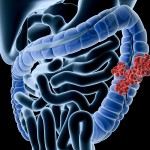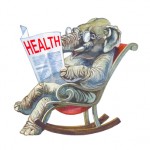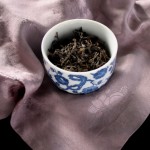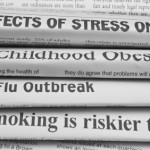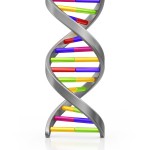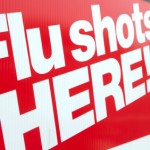I've just read an article in The Wall Street Journal about the Tennessee governor being ready to sign a new bill proposed by a Knoxville legislator. If signed, the new law would require public schools to allow their science teachers to discuss alternate explanations of evolution and global warming. In theory this would protect those teachers who already wish to teach, for instance, intelligent design; in reality it would compel some of those who don't consider these concepts as valid to discuss them anyway.
Tennessee wouldn't be the first state to pass such legislation: Louisiana and Mississippi recently did so and seven other states at least allow such contrary theories to be taught to public school students. The American Association for the Advancement of Science and local members of the national Academy of Science are against the new bill. One state education official accused legislators of trying to "micromanage curriculum."
Much of the impetus for the bill and similar proposals in other states comes from Focus on the Family, a conservative group in Colorado and the actual wording follows that espoused by the Seattle based Discovery Institute. Tennessee has a eighty-six-year history of conflict between science and religion with the John Scopes 1925 trial being an important historical vignette in this conflict. A Dayton, Tennessee, high school teacher was fined $100 for daring to teach evolution in a public school. William Jennings Bryan, former US presidential candidate, then the state's attorney and a Bible literalist, arguing the case versus Scopes while Clarence Darrow defended the educator.
In 1650 Bishop Ussher, the famous Irish prelate, had said, firmly, that the world was created in 4004 B.C. His methodology, if not his results, has been praised by paleontologist Stephen Jay Gould. Ussher had added the ages of twenty-one generations noted in the Hebrew Bible, researched Ptolemy's list of the kings of Babylon to pinpoint the time of the destruction of the First Temple and then tied dates in Greek history to the modern Julian calendar. His precise dating of Creation, however, was based on a portion of the Book of Genesis in which the fruit in the Garden of Eden is ripe, implying, to Ussher, Autumn.
The trial transcript is fascinating as Darrow questions Bryan about the six days of Creation and Bryan replies, "I do not think they were twenty-four-hour days." This eventually led to a split in the Fundamentalist community between Biblical literalists and those who favor the days as metaphors, but strongly argue humans were designed by God, not evolution.
The concept of intelligent design is the modern counterpart of Ussher's dating of Creation. It's of interest that in 2001 at least one of the current presidential candidates, as a US Senator, added an amendment to the No Child Left Behind Act which would include discussion in the classroom of possible controversies over evolution. The Santorum Amendment was approved by a heavy majority of both political parties.
I'm currently a co-president of our congregation and have my own solid religious beliefs, but I also trained in medicine and learned to look at the data. It appears to me that intelligent design is a somewhat vaguely worded religious concept, not a scientific theory and I haven"t seen evidence to support it. When last I knew most scientists don't agree with it. And we still have a principle of separating Church and State.
So I'm against teaching it in public schools.




